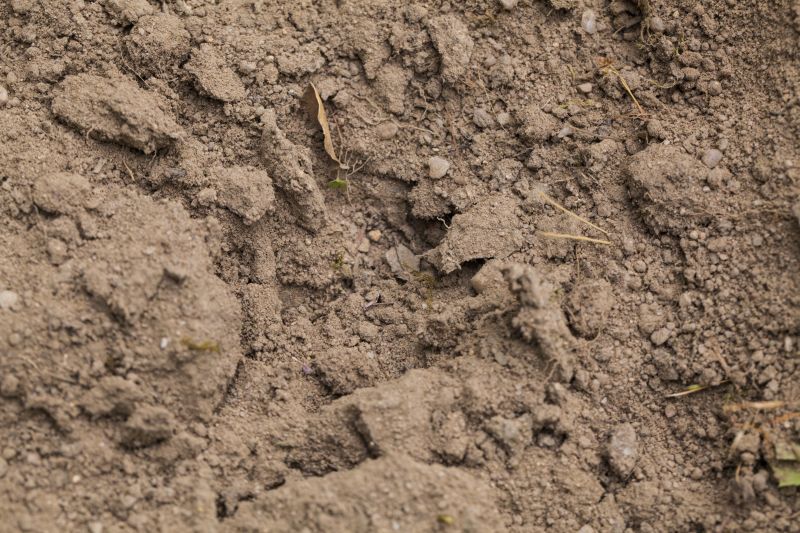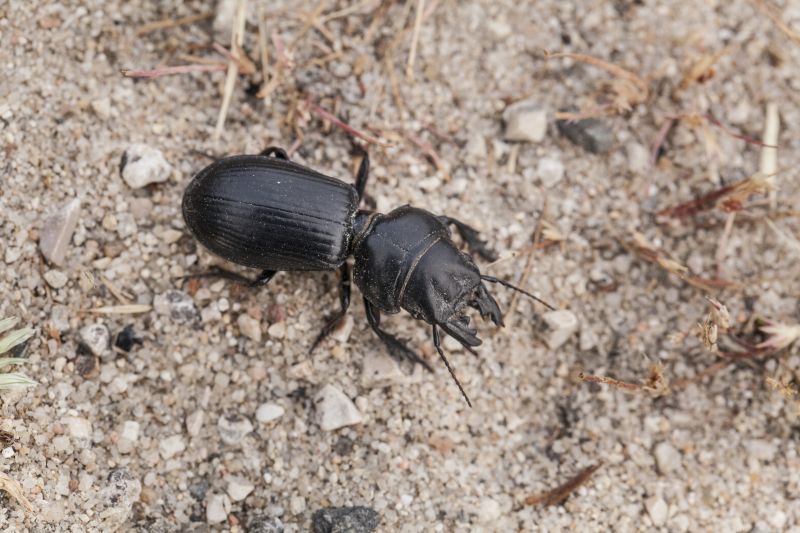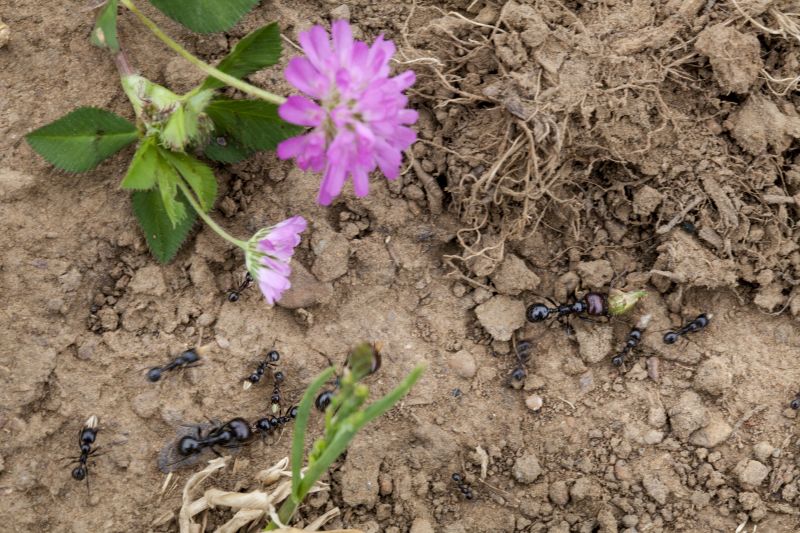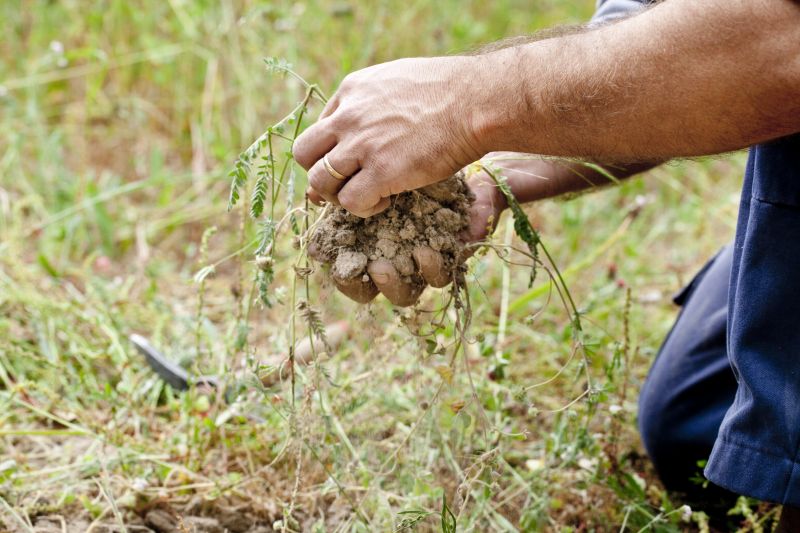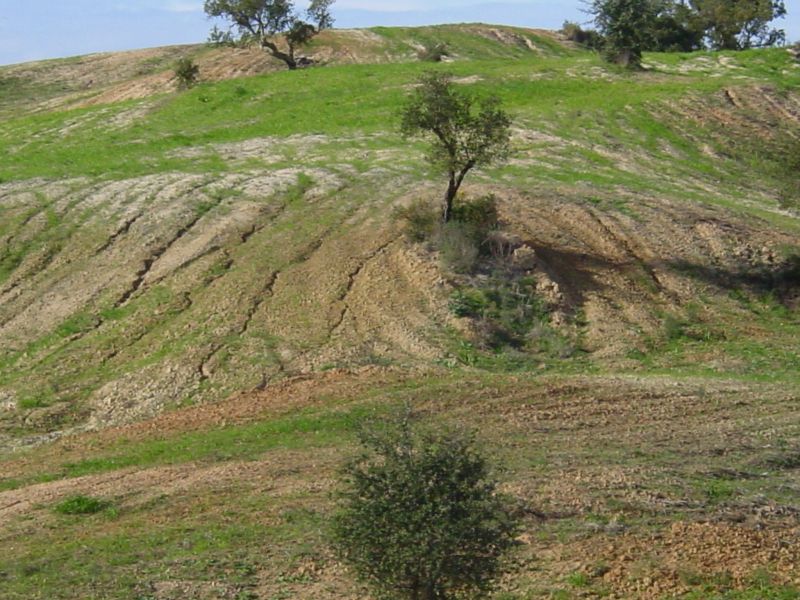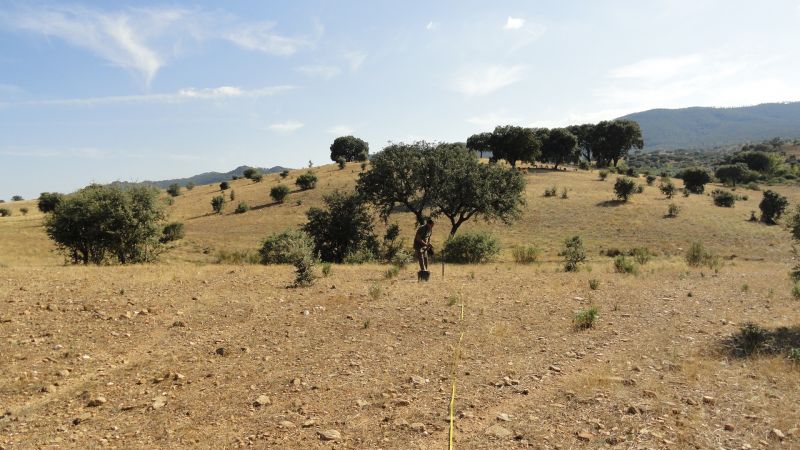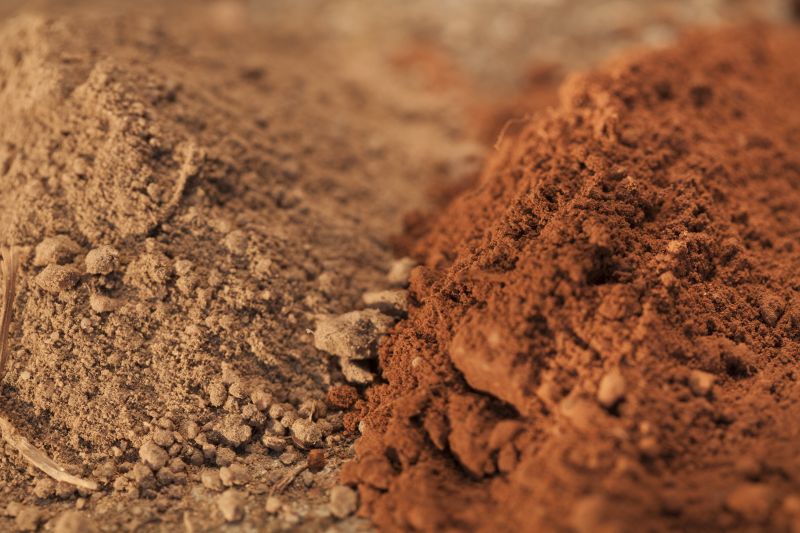Soil Organic Matter
Soil is, on a human scale, a non-renewable resource. It is defined as the top layer of the Earth's crust composed of mineral particles, organic matter, water, air and living organisms (fig.1). Among the most relevant functions performed by soil are those of habitat, gene pool, a platform for human activities, landscape and heritage and also a supplier of raw materials (fig.2 and fig.3).
Soil organic matter (SOM) plays a key role in maintaining the function of the soil, due to its influence on soil structure and stability, water retention, and biodiversity as a source of nutrients for the plants (fig.4). It is thanks to its organic matter that soil is such an important carbon sink.
The management of land has great influence on the content of organic matter in soil. In general, techniques for more invasive management of soil, such as harrowing, are associated with a loss of soil and organic matter (fig.5).
A significant portion of our territory has undergone considerable soil degradation resulting from poor agricultural practices combined with climate change (fig.6). According to the National Action Programme to Combat Desertification, these are areas of high risk of desertification, with very poor soils, little organic matter production and very susceptible to desertification.
Proper management techniques for agricultural and forestry management, with impact on soil is essential for maintaining or increasing organic matter content (fig.7). Three practices have gained special attention in Portugal in the framework of the Rural Development Programme and or/domestic programs supported by the Portuguese Carbon Fund: direct seeding, Sown Biodiverse Pastures and undergrowth control in Montado areas using methods not involving tillage.
What is known today about the effect of direct seeding on soil organic matter, in Portugal, is due largely to the work of Professor Mário de Carvalho of the University of Évora. The trials report an 18% increase in SOM due to direct seeding, when compared to tilling, and 62 % if the straw is left on the ground (Carvalho et al., 2012).
With regard to the impact of Sown Biodiverse Pastures, thanks to the sampling network implemented by INIAV in two AGRO projects (Agro 72 and Agro 87) and studies by Engineer David Crespo and, afterwards by researchers at IST, it was concluded that this vegetation cover could contribute towards tripling SOM content within 10 years. According to the same 10-year model, land covered with natural pastures achieves an average carbon sequestration of about 2.6 tCO2. ha-1.year-1 (where no harrowing occurs). For Sown Biodiverse pastures the average sequestration is 6.5 tCO2. ha-1.year-1 (Valada et al., 2012).
Finally, the effect on SOM of not harrowing to clear undergrowth in Montado areas, and the use of scrub clearers and shredders instead, was the object of a study carried out by ICAAM and the IST. The latest results point to a maximum sequestration of 9 tCO2. ha-1.year-1, with respect to the shift from soils subjected to harrowing to non-invasive techniques of management (Valada et al., 2012).
